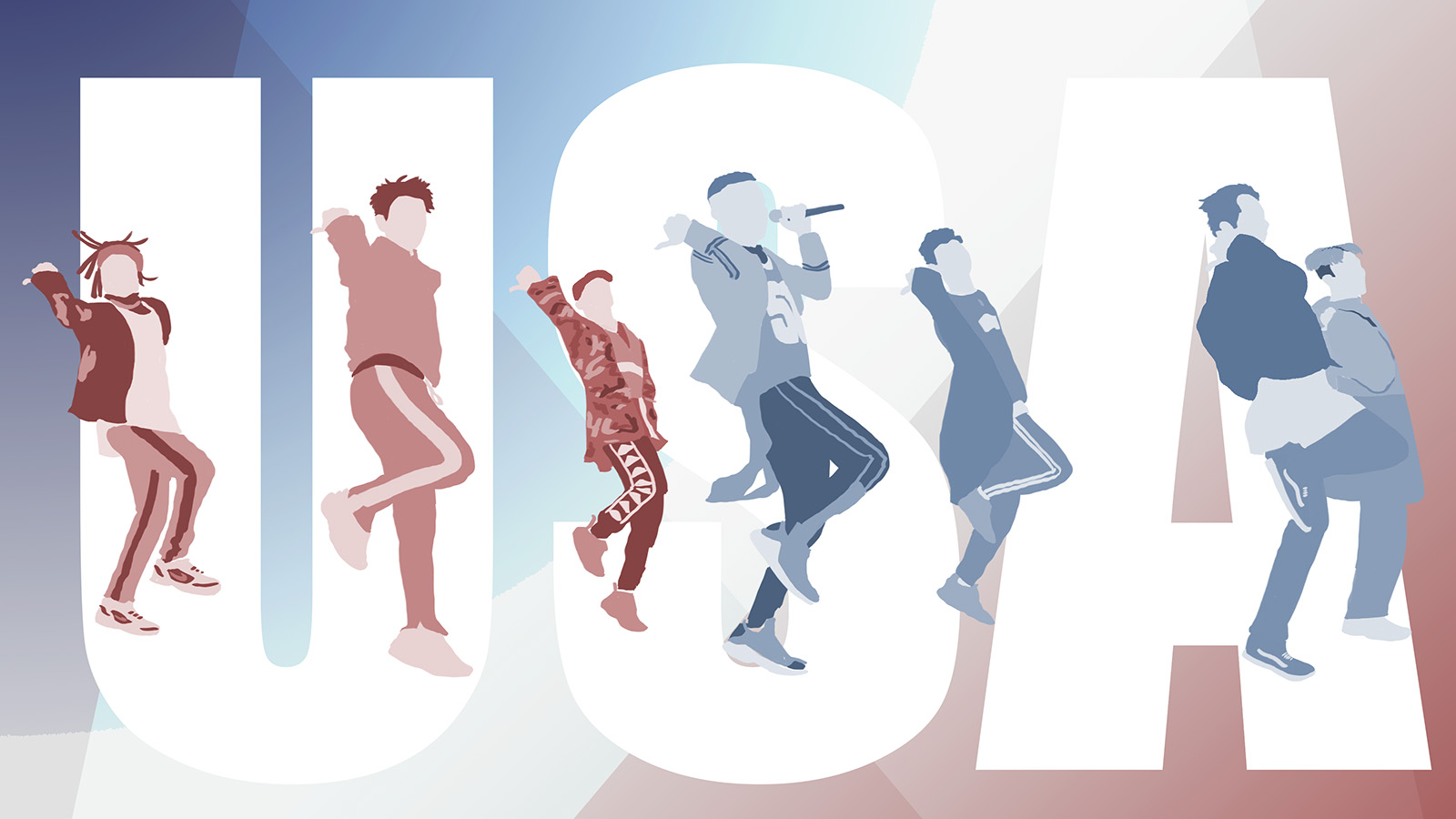The final full year of the Heisei Era was one of the most discombobulating for Japanese music this decade. Nostalgia for the soon-to-end era clashed with efforts to figure out where J-pop goes moving forward. Tunes covered in cobwebs suddenly became the soundtrack for viral dances on trendy video apps.
It was a weird time for the industry, with traditional chart metrics failing to capture the musical mood of the country and the big international crossover hit being more than 30 years old. Yet from all this chaos came some clarifications: how the Heisei Era will be remembered, where Japanese music will go and where it could go.
Reflection was the dominant trend of the year, though. Namie Amuro loomed large over the country's pop culture landscape due to her retirement from the entertainment business in September. For many growing up in the 1990s and 2000s, Amuro wasn't just a superstar, but the very definition of what J-pop became during Heisei. While the era proper comes to a close next spring, Amuro's exit served as the end of an era for millions.

















With your current subscription plan you can comment on stories. However, before writing your first comment, please create a display name in the Profile section of your subscriber account page.